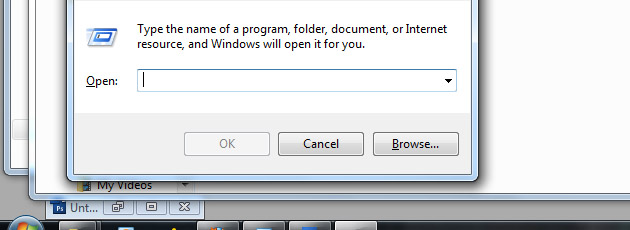Back in the old days, the concept of “focus,” that is, which active window, button, text field or icon being active or selected was very clear. If a message box or dialogue box appeared on the screen or “took focus” from whatever you were doing, it was clear that you’d have the option to either press space bar, tab, alt+key, or any other combination thereof to make your desired selection quickly and move on.
This was the norm for many years going back as far as MS-DOS to Windows98 SE if my memory serves. After that, somehow the rules changed. Mind you, I’m not talking about Linux here, just Windows. From the limited distros I’ve tested, Linux seems to be pretty spot-on with handling focus consistently.
Now, it is relatively common for another window to appear on top of whatever we were working on yet the cursor can still be seen blinking in the background window that currently does not have the focus. Why is that? Or, the foreground window will have a darkened border around a button (indicating a default if Enter is pressed) yet will not respond if Enter is pressed until the mouse is clicked to re-affirm focus.
In Windows98, when the advent of the scroll-wheel mice and the middle click began to take popularity, it was quick and easy to switch focus rapidly between all windows and subwindows using a single middle click. Now, however, the rules seemed to have changed. Sometimes the foreground window will already appear to have the focus, yet when I try to add text — nothing happens until I actually click into the text field, despite the fact that the cursor was already blinking there.
In this example, the Acrobat icon is selected in the taskbar, yet the foreground notepad object has focus so that text can be selected, yet the CaseMap program in the background has the focus — at least visually.
One of the most important features in Windows has been the long standing ability to reliably operate it without a mouse, using exclusively the combination of advanced shortcuts such as Alt+Tab (“Windows Flip“), Alt+Space, alt+key, winkey+key, and various combinations of tab, spacebar, etc. With the focus rules having changed to where they now no longer operate in a homogenous way between all applications, more clicking is required to perform seemingly basic tasks that could previously be executed in an instant.
In this screenshot, the iPhone foreground dialog box and the background Gmail window both appear to have the focus, yet the taskbar only indicates that Gmail truly has the focus. I can type in the chat window in the background window, yet the foreground window has a darkened default OK button which should execute on Enter, but it won’t until I actually click to activate¬† the window.
This isn’t a big deal for day to day tasks and general use operation, of course, but let’s say I had to perform some tasks over VNC and didn’t have a mouse? It can be a big problem. It seems as though people are now more mouse reliant than ever — I suppose that’s not such a bad thing — it certainly is easier — but it sure is slower.


1 Comment